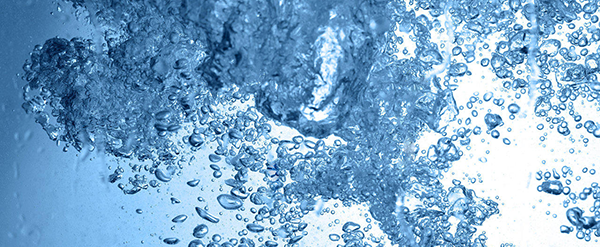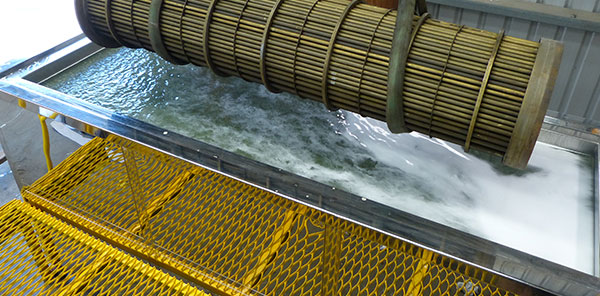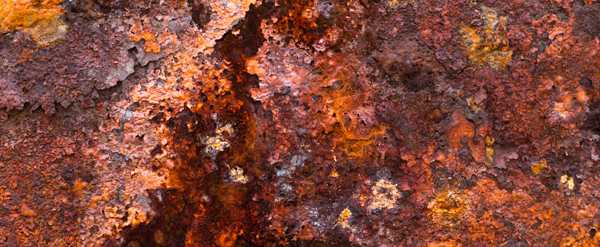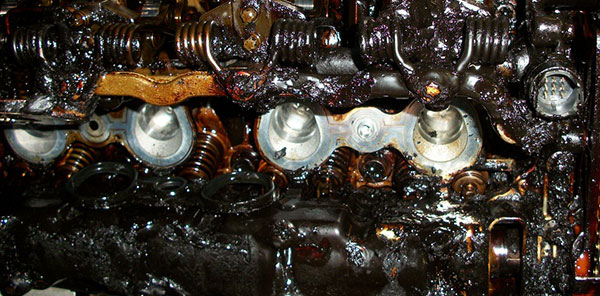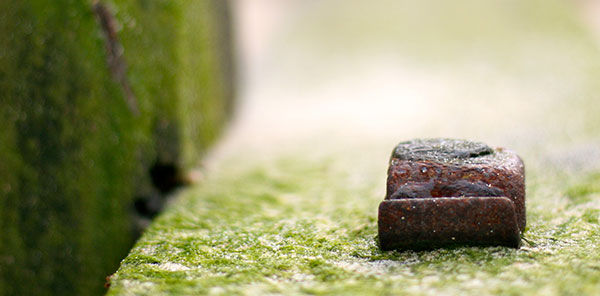Ultrasonic Cleaning System
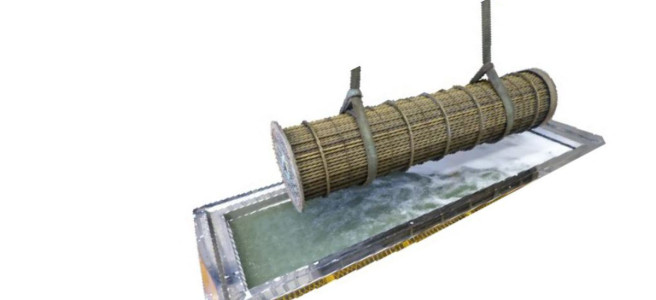
How it works
The Fluid Dynamics Ultrasonic Cleaning System has over 250 pizeo ceramic transducers bonded to the bottom and both ends of the tank. These transducers have the unique property of changing size almost instantly when excited by an electrical signal sent by the seven generators we use to power the transducers. When excited each transducer increases in size and causes the internal bottom and sides of the tank to move creating compression waves in the chemical solution.
By using electrical generators that put out high frequency signals (from 20 kHz to 250 kHz) the transducers rapidly induce what are called compression and rarefaction waves in the solution -‘rarefaction’ reduces density and is the opposite of ‘compression’ which increases density.
During the rarefaction cycle the liquid is literally torn apart creating vacuum cavities within the solution. These cavities grow larger and smaller as the compression waves are continued and when the cavities reach a certain size, which is dictated by the frequency and the wattage of the signal, they can no longer retain their shape. Once they reach this point the cavities violently collapse and create a temperature of about 5,000oC with a jet of plasma that collides against whatever object is in its way at a speed of about 800 km/h. Every second there are literally millions of these cavities being created and collapsed – particularly when you have the power of over 250 transducers working together in the heated chemical-laden solutions we use at Fluid Dynamics.
The collapsing of the cavities is what cleans the parts. The jet of plasma will explode the contaminant, or any other material, off the surface without damaging the surface, and by adding the right chemicals to the solution at the correct temperature, the effectiveness of the cleaning operation is increased even further.
The cleaning power of ultrasonics depends on the collapse of the vacuum cavity being violent. If there is any gas in the solution that gas will migrate to the vacuum cavity (the area of least pressure), reduce the violence of the collapse and, in turn, reduce its cleaning power. By heating our solutions and thoroughly degassing them we drive out any trapped gas, enhancing the violence of the cavity’s collapse and further improving the ultrasonic cleaning process.
We also ensure the parts do not touch the sides or bottom of the tank as that interferes with the creation of ultrasonic energy and reduces its effectiveness – just like putting your finger on a sound speaker interferes with the creation of sound.

